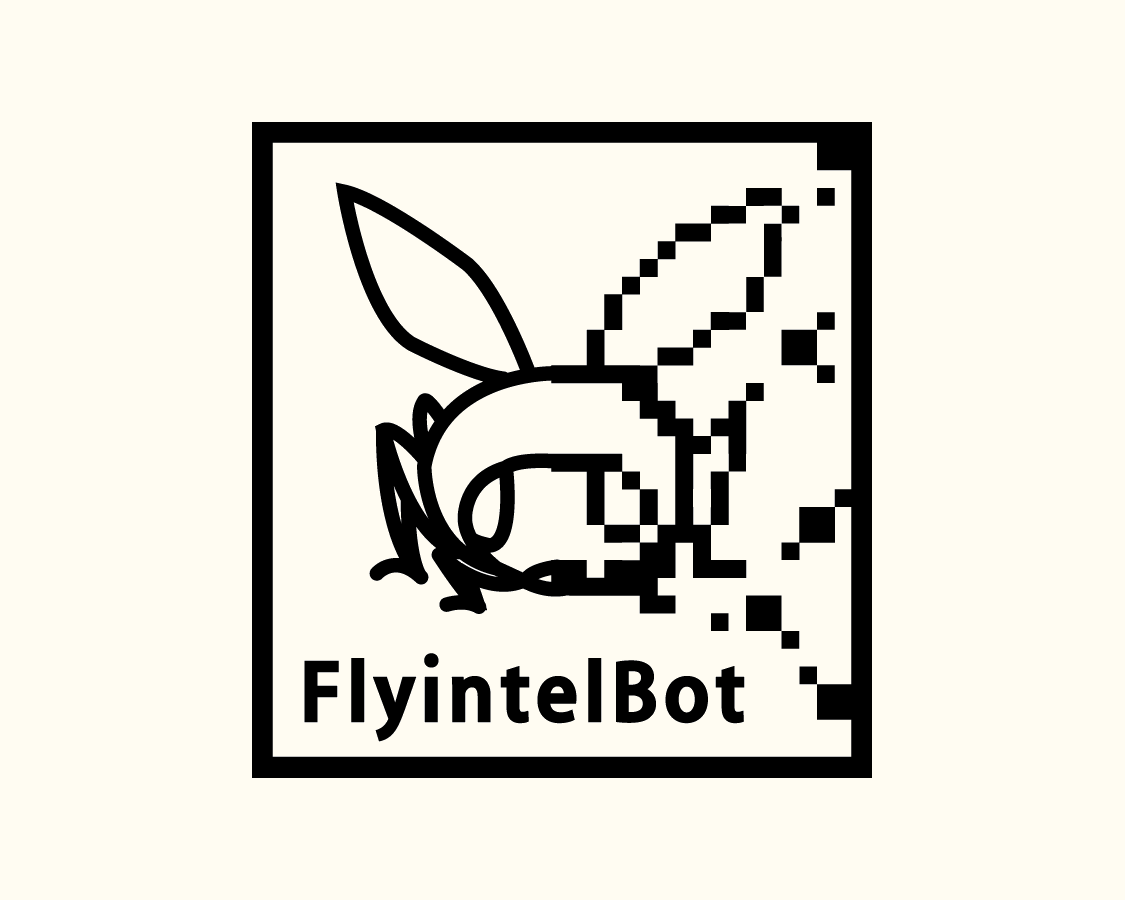Flyintel was kicked off as a fun project aiming to integrate spiking neural networks (SNN) with an autonomous vehicle. The key to the project is that all the decisions the robot makes are made by bio-inspired SNNs. The SNN simulator used here is Flysim, an in-house developed fast and lightweight simulator.
Tech Stack
- Programming language: The whole project is deployed on a Raspberry Pi and controlled by a C++ software
- 3D printing and design: The frames of the sensors and the experiment arena are designed in FreeCAD.
- Neural network: Two bio-inspired SNNs that resemble fruit fly behavior.
Results
FlyintelBot

graph TD;
subgraph Raspberry Pi
flysim[Flysim] --> flyintel[Flyintel Core]
flyintel --> flysim
end
flyintel --> motors[Motors]
dsensors[Distance sensors] --> flyintel
vsensors[Camera] --> flyintel
Experiment
The following video showcases the full navigation experiment. There are three stages in the experiment:
- The robot roams inside the arena. The spatial memory network is disengaged at this stage.
- Form spatial memory
- The robot heads back to the landmark based on its spatial memory.
Acknowledgements
- Yu-Chi Huang developed our in-house SNN simulator Flysim.
References
- H. Yao, H. Huang, Y. Huang, and C. Lo, “Flyintel – a Platform for Robot Navigation based on a Brain-Inspired Spiking Neural Network,” in 2019 IEEE International Conference on Artificial Intelligence Circuits and Systems (AICAS), Mar. 2019, pp. 219–220, doi: 10.1109/AICAS.2019.8771614.

